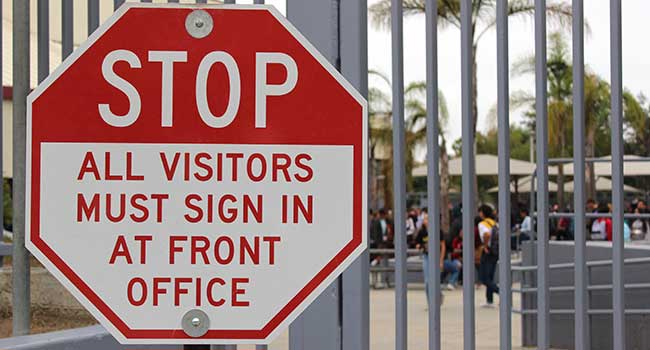
Pittsburgh School District Prioritizes Access Control
New safety and security coordinator Joe Kozarian said he is currently assessing district safety and that improving access control on campuses is a priority. He stressed the importance of building up “layers."
- By Jessica Davis
- September 28, 2018
Administrators of the Fox Chapel Area School District in Pittsburgh held a special meeting Monday night to introduce new safety and security coordinator Joe Kozarian and to outline plans for new security changes on its six campuses. Among the security measures the district plans to implement are more school resource officers, a digital safety app and use of the Raptor School Visitor System.
There are currently school resource officers at the district’s high school and one of the middle schools, but the elementary schools will each soon have their own dedicated officer, Kozarian said. He said he believes it’s vital to hire school-based law enforcement.
“It’s the best thing you can do to prevent disasters,” he said.
Kozarian said he is currently assessing district safety and that improving access control on campuses is a priority. He stressed the importance of building up “layers,” like better lighting and clear landscaping on campuses, as well as improved signage and visitor parking that’s visible by office staff.
“When officers, or anyone, drives by, they should be able to see the entire area,” he said.
Fox Chapel Area School District spent $10,000 to build a new entryway with a secure vestibule at Hartwood Elementary school. Kozarian said other layered access control measures could include more secure entrances, security keys and magnetic locks.
In November, the district will begin implementing the Raptor Visitor Management System, which uses a visitor’s ID to screen them for sex offenses and against databases that can be customized to include custody problems.
The district also plans to begin using digital safety phone app Ruvna, said Megan Cicconi, district director of instructional and innovative leadership. It can be accessed online and from any device, and allows faculty and staff to communicate in an emergency using a panic button, two-way communication and real-time roster access.
Aspinwall Acting Police Chief Dave Nemec, who attended the meeting, said he believes the district is on the ball with security and safety because the six local police chiefs are committed to being involved with campuses.
“I think this really shows how serious we take the safety of the students at our schools,” he said. “We are all there to pitch in and participate in whatever it takes.”
About the Author
Jessica Davis is the Associate Content Editor for 1105 Media.